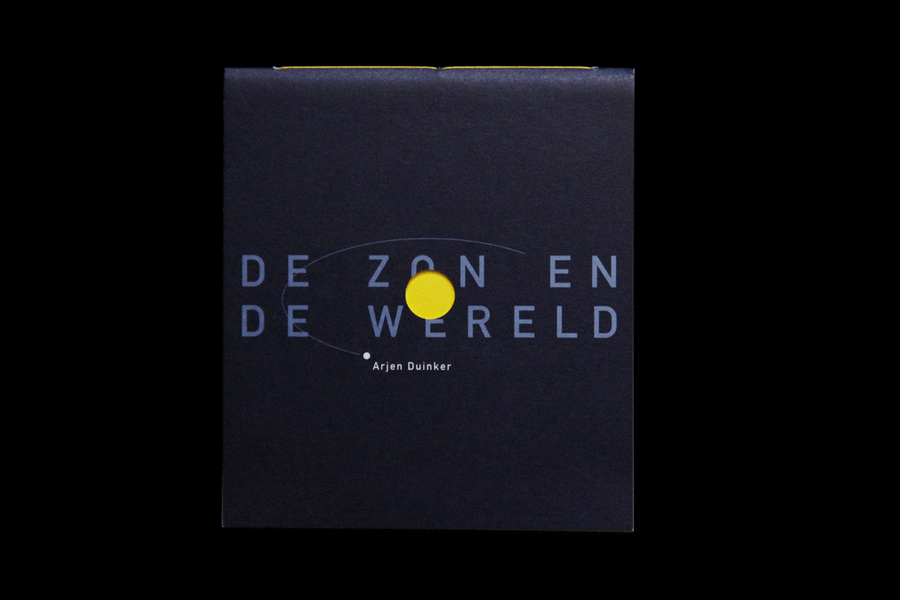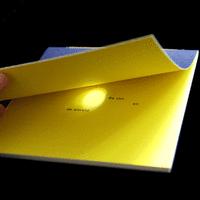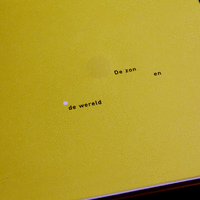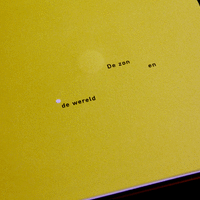It is a peculiar notion that the end-users of the design will mostly remain unknown to the designers. They are anonymous and their appearances concealed. The knowledge of where, when and how the end-users receive the design is often not at the designers’ disposal. Although we, the designers, may observe several individuals interact with the design –mostly through marketing testing on the target groups–, but to witness them all simultaneously as to have a survey is unthinkable. The existence of the end-users is without a doubt; they may come in the tens, hundreds or thousands and in different ages and genders. Who they are is defined by the nature of the project; studies may at times be compiled on their behaviors and likings. How the end-users are to react and interact with the design is the primary concern of those involved in the creation process.
The relationship a designer has with the end-users is a one-way relationship. The conception of the end-users is omnipresent, regardless of the fact that their physical participation in the process is mostly absent. For every project we are to draw up in our minds hypothetical end-users base on the general characteristics of the target group. These hypothetical end-users are to be the devil’s advocate to our design decisions through out the process.
Mostly the design is presented to the end-users in its completion, however, there are ways of involving the end-users to participate in or be a witness to the design process. With the design of a poetry booklet we had attempt in involving the end-users to either perform or witness the completion of the design. For the design to be in its completion, a circular silhouette representing the “sun” had to yet make its physical mark on the half title page (the first page). This was to be done in several ways. The end-users could either lift the cover slightly to let in sunlight through the circular die-cut on the cover, the sunlight shinning on the designated spot to form the missing silhouette of the “sun”. Or by rubbing with the finger against the circular die-cut hole, the grease darkens the ink and forms the missing silhouette. Naturally, there will be end-users that either overlook or are insensitive to this design element. When there is no participation from the end-users, the circular silhouette of the “sun” can be conceived by another factor, time. Over time the chemical reaction of being exposed to sunlight will result in bleach of the ink on paper, thus the sunlight leaving behind its mark to finish the design with the circular silhouette of the “sun”.
Time is a factor in design that can be predicted and act upon. We can predict the physical deterioration, the result of wear and tear, of our work and with that knowledge we can either employee time as an element in the design, or make the wear and tear a visual reinforcement.
To come: (IMG: Zon en de wereld.)





